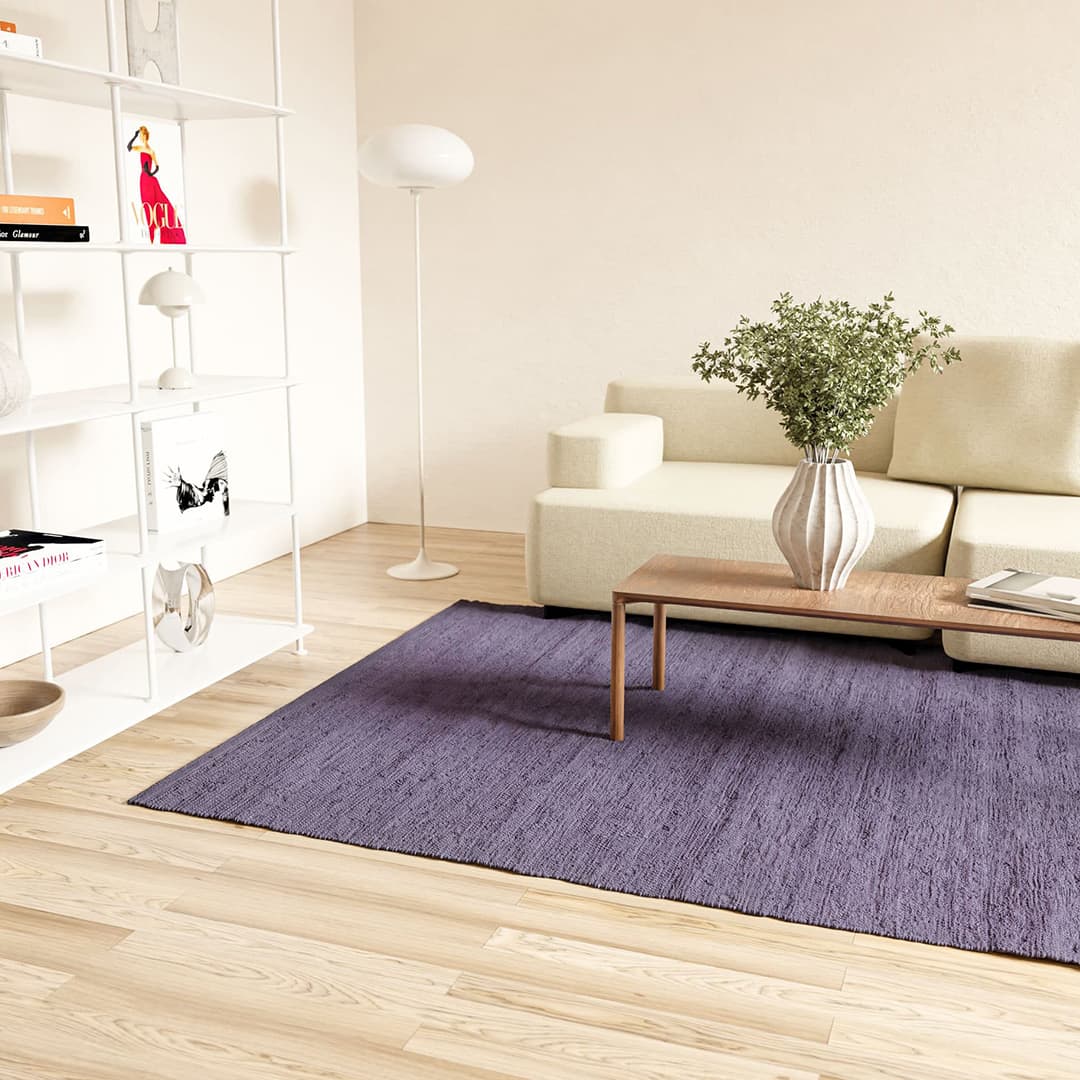Rugs play a vital role in interior design, adding warmth, comfort, and visual appeal to a space. However, achieving the perfect rug placement can be a challenge for many homeowners.
Whether you have a large area rug or a small accent rug, understanding how a rug should lie can significantly impact the overall aesthetics of your room.
In this article, we will guide you through the art of rug placement and help you create a well-balanced and visually pleasing interior.
Size Matters
One of the most critical factors to consider when placing a rug is its size in relation to the room and furniture. A rug that is too small can make a room feel disjointed, while an oversized rug can overwhelm the space. As a general rule of thumb, aim to have the rug be large enough to anchor the furniture groupings within a room. In a living room, ensure that all the furniture legs are at least partially resting on the rug. In a dining area, the rug should extend beyond the table and accommodate chairs when pulled out.
Define Zones
Rugs can help define specific areas within an open floor plan, creating a sense of purpose and structure. When using rugs to divide spaces, make sure they are proportionate to the area they are defining. For example, in a living room with a seating area and a reading nook, consider using two rugs to distinguish each zone. Ensure that the rugs complement each other in terms of color, style, or pattern to maintain visual harmony.
Orientation and Shape
Consider the shape and orientation of the rug in relation to the furniture and the room itself. Rectangular rugs are the most common choice for living rooms, dining areas, and bedrooms, as they align well with furniture arrangements. However, don't shy away from experimenting with round or irregularly shaped rugs to add visual interest and break the monotony of square or rectangular rooms.
Harmonize Colors and Patterns
The colors and patterns of a rug can significantly impact the overall look and feel of a room. Choose a rug that complements the existing color scheme and style of the space. If your room has bold and vibrant furniture or wallpaper, opt for a rug with a more neutral tone to balance the visual intensity. Conversely, if your room is more understated, a rug with a vibrant pattern or color can serve as a focal point.
Practical Considerations
While aesthetics are important, practicality should not be overlooked. Take into account the function of the room and the rug's durability. For high-traffic areas, consider rugs made of durable materials like wool or synthetic fibers, which are easier to clean and maintain. Additionally, use rug pads to prevent slipping and extend the life of your rug.
Conclusion
The proper placement of rugs can transform a room, elevating its visual appeal and functionality. By considering factors such as size, shape, orientation, and color coordination, you can achieve a well-balanced and harmonious interior. Remember to experiment and trust your instincts while keeping practicality in mind. With the right rug placement, you can create a space that not only looks great but also feels inviting and cozy.


